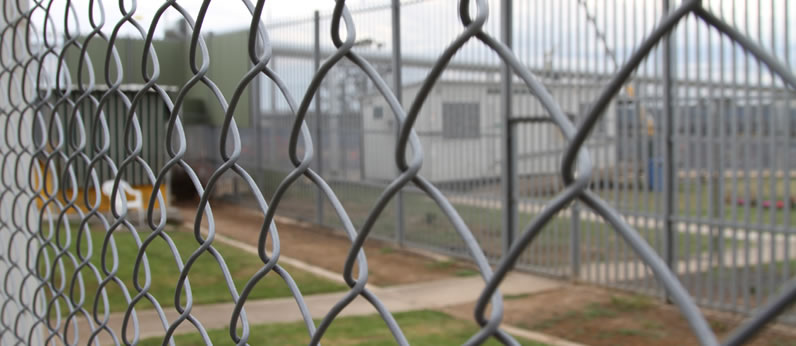Detention

Immigration Detention
Current policy
In Australia, immigration detention forms a part of the Australian immigration policy under the Migration Act 1958 (Cth). People who arrive in Australia intending to seek asylum, without already having been granted a refugee protection visa or on another valid visa, are placed in mandatory detention while their application for refugee status is considered. Those who arrive by boat are known as illegal maritime arrivals (IMAs).
In late 2013, a policy was implemented as part of ‘Operation Sovereign Borders’ which enforced the turning back of boats filled with asylum seekers (IMAs) trying to reach Australian shores. Further policy was put in place to deter asylum seekers trying to reach Australia in this way, resulting in the mandatory offshore processing of those arriving by boat and the prevention of asylum ever being granted in Australia.
While in detention, asylum seekers undergo health and security checks. People who arrive without a visa and choose to return to their home country can do so at any time.
Australian immigration detention facilities include:
- There are different kinds of places where people are detained, known as Immigration Detention Centres (IDCs)
- Immigration Transit Accommodation (ITAs)
- Alternative Places of Detention (APODs).
Regional Processing Centres, currently located in Nauru and Manus Island (in Papua New Guinea), function differently as they are not under the jurisdiction of Australia, so are not guided by the same laws and policies.
For current information or policy visit the Department of Home Affairs or Refugee Council of Australia.
Children in Immigration Detention
Following the Australian Human Rights Commission’s National Inquiry into Children in Immigration Detention in 2014, changes were made to Australian immigration policy regarding the detaining of children in immigration detention. Children are therefore no longer permitted to be detained. However some children are still residing in the Regional Processing Centre (RPC) on Nauru.
For more information regarding current statistics, see: Department of Home Affairs – Immigration detention statistics
Community detention
Community detention describes the process where the government houses people without visas within communities while their visa application is processed. While living in the community, they are usually are able to access essential services such as food, medical supplies and education. Children can attend school.
The Status Resolution Support Services (SRSS) program provides support to people who are living in the community on temporary visas, or who are in community detention while their application for refugee status is assessed.
More information
Asylum Seeker Resource Centre » Statistics
Refugee Council of Australia: Australia’s detention policies
Australian Human Rights Commission - Asylum Seekers, Refugees and Human Rights: Snapshot Report (2nd Edition) 2017

